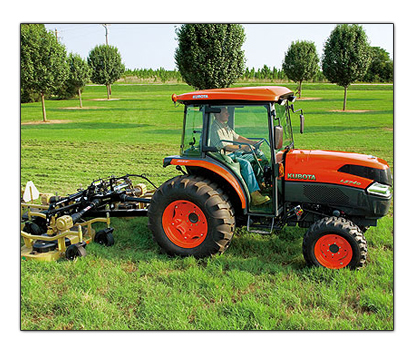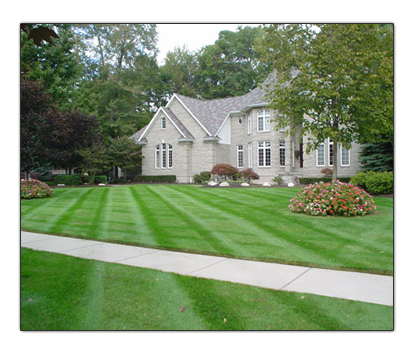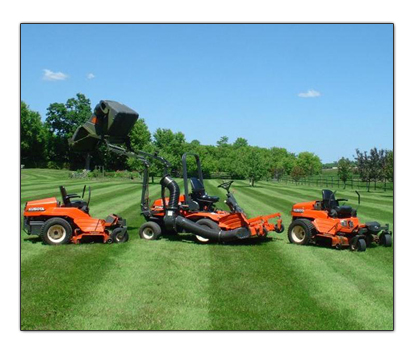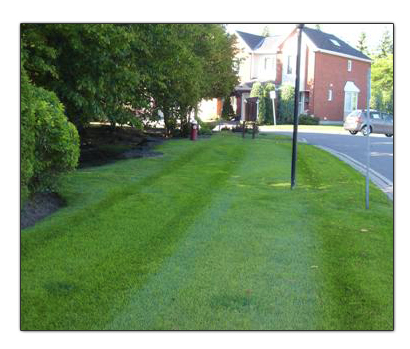Lawn Care
Property Maintenance
Deanryans specializes in residential and commercial property maintenance. We ensure that your lawn will look like a golf course each time it is cut. Grass will be cut to a height of 2 1/2 inches while actively growing and in the heat of the summer to a height of 3 inches. We will perform litter and debris picks prior to every cut, trimming around all buildings, garden beds, and paths.
It is very important to do the necessary steps to your lawn to ensure its health and beauty. For a green and healthy lawn, we recommend dethatching, aeration, and fertilizing. Aerations should be done twice a year, once in the spring and once in the fall. Dethatching once every two years.
Healthy Lawn Tips
What is Lawn Aeration?
Aeration is the removal of small cores of soil to allow air, water and fertilizer down to the roots. The removal of these small cores by our specialized aeration machine aids in allowing moisture to penetrate the soil and prevent runoff and saves you up to 50% on your watering bill.
How does aeration help your lawn?
The removal of the cores has many benefits. It allows the air, water and fertilizer to quickly reach the roots for thicker, more beautiful lawn. Aeration also helped retard thatch build up by increasing microorganism activity allowing thatch to decompose naturally. Aeration also overcomes compaction and should be done in spring and fall.
Professional lawn aeration is an important part of good lawn care. It will help you achieve the beautiful and attractive lawn that will be the showcase of the neighbourhood!
Dethatching
Dethatching is also an important step needed in a healthy lawn. Whatever the microorganisms can not break down, has to be removed. By removing thatch build up, thus not suffocating the tops of the roots, more air flow will help create a stronger, healthier overall root system.
Watering your lawn
After our overly wet spring watering your lawn may be the last thing on your mind. However, watering is essential for the survival of turfgrass. Prolonged moisture stress results in poor colour, wilting and thinning of the lawn. Lawns under stress are more susceptible to disease and insects such as Chinch Bug. When rainfall is not sufficient in the dry hot months of summer, most lawns require a supplemental water supply.
How much?
One to two inches (2.5cm) of water per week is the rule of thumb for most grasses during drier periods. A heavy irrigation of 45 minutes to 1 hour, once or twice a week, will be sufficient to apply this quantity of water. Daily watering should be avoided as the surface of the soil will remain constantly moist and promote rooting closer to the surface. Roots near the surface of the soil are more easily damaged by the heat of the sun and any foot traffic.
Time of day?
The best time to water is when there is little wind, cool temperatures and high humidity. These conditions are most likely found during the evening and early morning hours. Early morning watering will prevent excess moisture from sitting on the grass foliage, which could contribute to turf diseases.
Avoid watering during the heat of the day since up to 50% of the water applied is lost to evaporation and therefore is wasted.
We would also appreciate it if you please do not water the day previous to or the day of our weekly cutting. We suggest that you water the day after cutting and then once again three days later.






